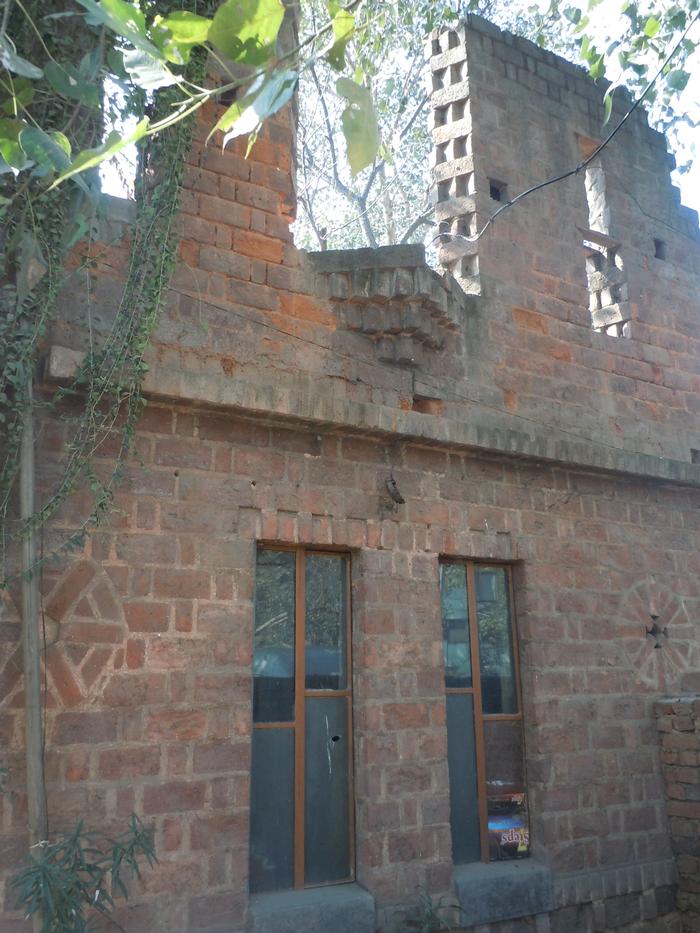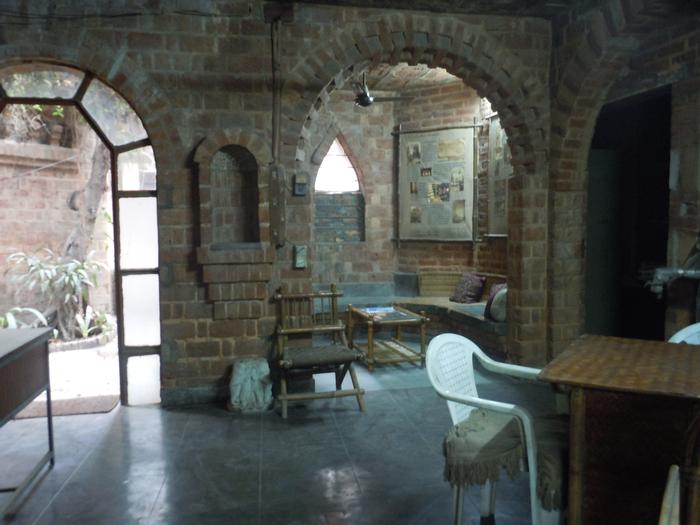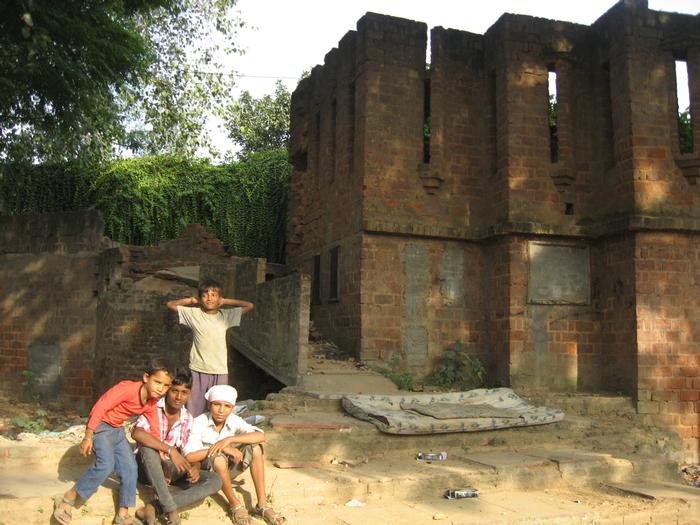Saumitra Sinha ProposalCampaigning for ArchitectureAn architect can have a very positive impact on the lives of the people through socially sensitive design. By being more personally involved with the users while designing, one can bring about a more responsive and relatable architecture, thus producing more meaningful spaces. The Laurie Baker Building Center, a community center for migrants living in an urban slum in New Delhi, is one such example. In my essay proposal I wrote about how this building, through its design, gave an identity and a sense of belonging to a marginalized group and became a symbol of hope and pride for these people. Such buildings, designed with great depth and understanding of social issues form an important part of a city’s built heritage. But often, as other aspects of architectural excellence claim the limelight, the significance of such spaces is lost to the general public. As students, or later as professionals, we can work towards making a difference when directly involved in such projects. But, when faced with larger issues, like policies towards such socially relevant architecture and the government’s failure to recognize the importance of such spaces, concerned professionals are left helpless. More often than not, in order to sway the direction of development towards a more public friendly and socially conscious direction, there is a need to gather support by starting a campaign for such issues. For a successful campaign, one needs to compel the public to focus on the issue. In order to do so, one has to have an understanding into the intricacies and workings of the different fields (economic, political, social) which have a hand in shaping the urban environment. I would like to make use of the travel fellowship offered by Berkeley to be part of the summer school program, “Campaigning Architecture” jointly organized by the Architectural Association, London and The University of Illinois Chicago. It aims to develop the ability to use propaganda in combination with design intelligence to campaign for issues related to architecture. As part of my college curriculum, in my fifth year, I was part of a group of six students who presented a seminar titled, “Let’s not talk about Aesthetics”. It mainly focused on the issue of how the public needs to be more involved and aware when dealing with architectural aesthetics in the public realm, and an role of the architect in facilitating this by sharing his/her knowledge more freely through the use of media. I became more aware of the importance of the role of media in spreading architectural knowledge to the general public and the architect’s responsibility in using such means to spread awareness and ideas about the urban environment. In my dissertation in fourth year, “Power Equations in the Urban Fabric”, I studied the various power structures which influence the shaping of our urban spaces. It dealt with the manifestation of the territorial nature of people in the built form. Through the various site studies, papers and lectures over the course of my education, I have come to realize that most often architecture is not in sync with the people’s needs. Most politicians, officials and also architects are often insensitive to such issues. For example, due to a change in the policy, the Laurie Baker Building Centre, which was constructed as a result of a socially sensitive governmental program, is now not being financially supported. Therefore, in spite of a strong feeling in the community about its pivotal place in their lives, the center has been badly neglected and even subjected to vandalism. I feel that this course would help me in attaining the knowledge and skills required for focusing public attention on such issues. Campaigns and movements for various social and political causes have been quite prevalent in India. Traditionally, most campaigns have been based on people to people contact, meetings, through newspaper articles, etc. However, more recently the use of electronic and social media has altered the dynamics of the campaign strategies and made it possible to reach out to a much larger number of people. A few months ago, social media was used extensively in mobilizing millions of people all over the country to demonstrate against corruption. However, this has never been used for architecture related issues. The ten day design workshop will be centered around the city of Chicago. It will include site visits and lectures by leading designers and thinkers to give us a deeper understanding of the architecture of Chicago. The work done by the students would result in an architectural publication which should be able to take over the media channels and make the city sit up and take notice of burning architectural issues. Chicago is a city with a rich architectural heritage and great public spaces. This is also an amazing extend of social and cultural diversity. The city has shown a remarkable progress not just in accommodating its homeless, but also in using architecture to enrich their lives. It would be a privilege for me to learn from the teachers, who have developed this unusual theme into a concrete program. They are architects and professionals who have previously pursued such campaigns for architectural causes. I would also greatly benefit from meeting and interacting with fellow participants from different parts of the world who share my interest in this area. This is not a theoretical area, where one can learn only by reading. It deals with practical problems where one needs to be actively involved. For architects, who are shapers of built environment, skill and experience in conducting public campaigns can become a very significant assets when influencing public policy in a democratic society. ITINERARY 12th August – Arrival by flight (New Delhi to Chicago) 14th - 24th August - Attending the “Campaigning Architecture” workshop 26th August – Departure by flight (Chicago to New Delhi) BUDGET Workshop fees – 695 pounds = 1040 USD Round trip flight ( Delhi-Chicago- Delhi) by Air India = 65,000 rupees = 1,300 USD Accommodations – 50 USD/Day , 15 days = 750 USD Travel and food – 60 USD/Day, 15 days = 900 USD Total cost = 3990 USD (All conversion rates as of 7th March 2012) REFERENCES Workshop website - http://www.aaschool.ac.uk/STUDY/VISITING/chicago Programme Director - Kirk Wooller Architectural Association Visiting School Coordinator -Karina Joseph Email address: visitingschool@aaschool.ac.uk
Additional Help and InformationAre you in need of assistance? Please email info@berkeleyprize.org. |




